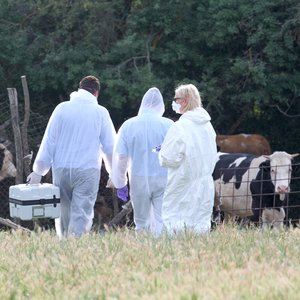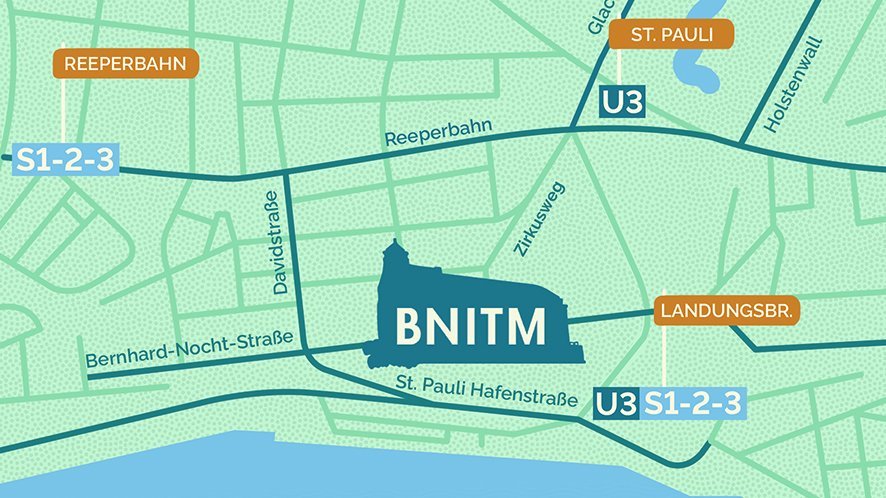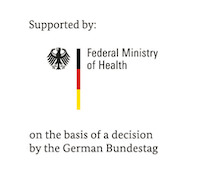Quick start for
News
Events
Tag der Reisegesundheit
Nicht verpassen! Ein Veranstaltungsmuss in Ihrem Kalender!
Read moreBasisseminar Reisemedizin 2026
Teil 1: 21.-22.03.2026, Teil 2: 25.-26.04.2026
Dieser praxisorientierte Kursus macht Ärztinnen und Ärzte fit für die Reiseberatung von…
Bernhard Nocht Institute for Tropical Medicine
Bernhard-Nocht-Straße 74
D-20359 Hamburg
Tel.: +49 40 285380-0
(Switchboard of the Institute)
E-Mail: bni@bnitm.de
Tel.: +49 40 285380-219
(for patients)
E-Mail: bni-ambulanz@uke.de
Downloads
- Scientific report 2023-2024 ( PDF 9 MB )
- BNITM Flyer ( PDF 39 MB )
- Organization Chart BNITM ( PDF 3 MB )
- BNITM Strategy 2025 ( PDF 22 MB )



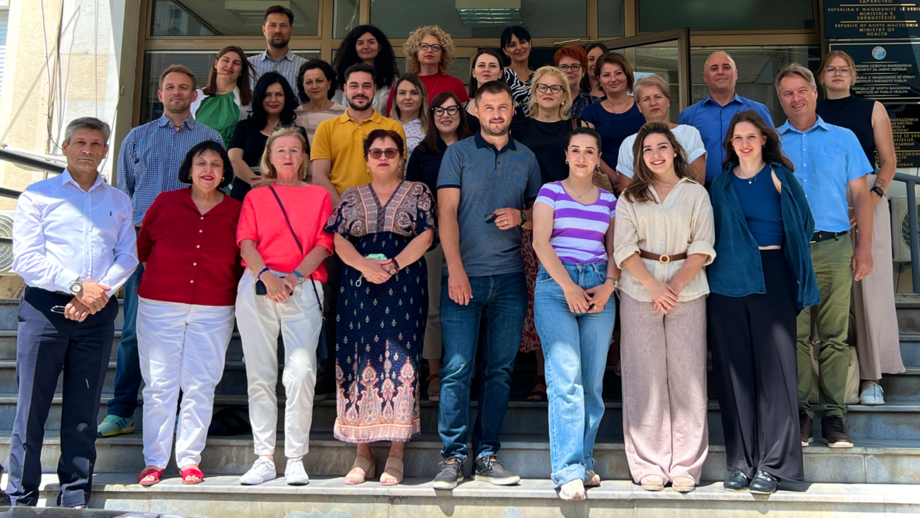


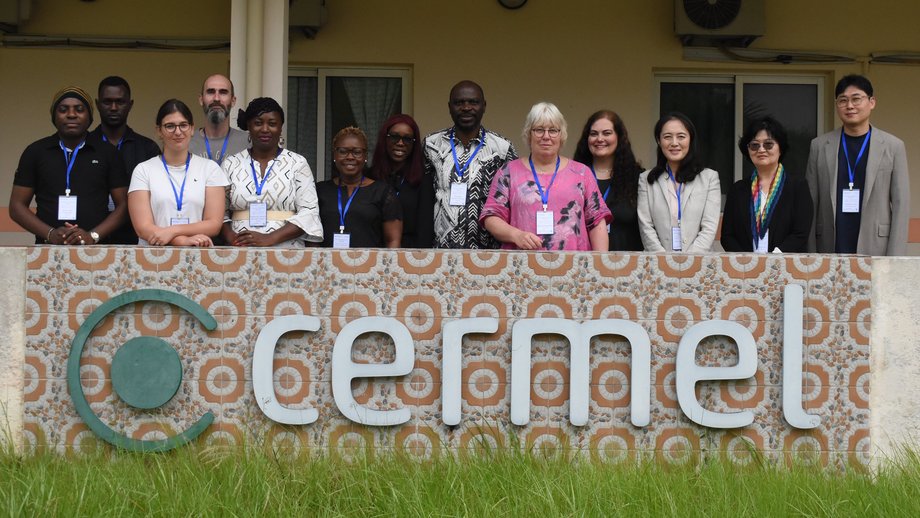
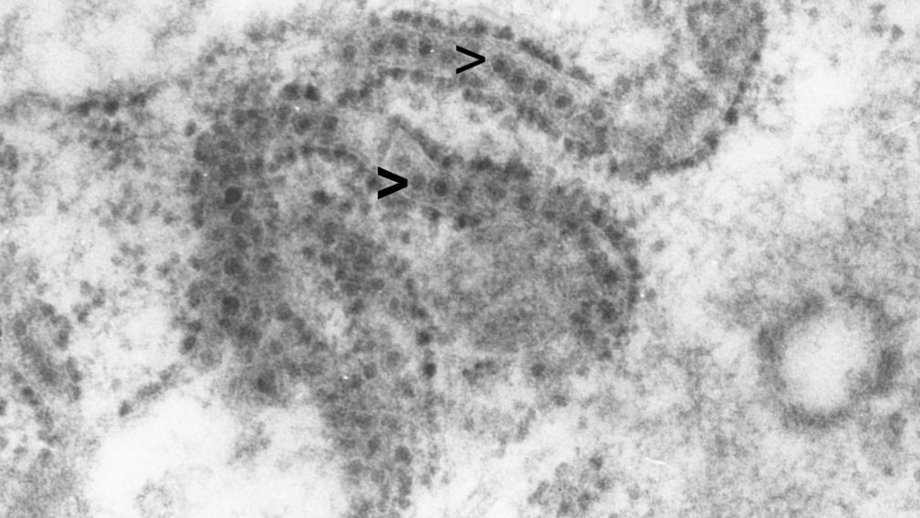
![[Translate to English:] Publikum [Translate to English:] Das Foto zeigt den historischen Hörsaal des BNITM. Auf den roten Stühlen sitzen Besucher:innen.](/fileadmin/_processed_/7/7/csm_Audience_dfb514a822.jpg)
